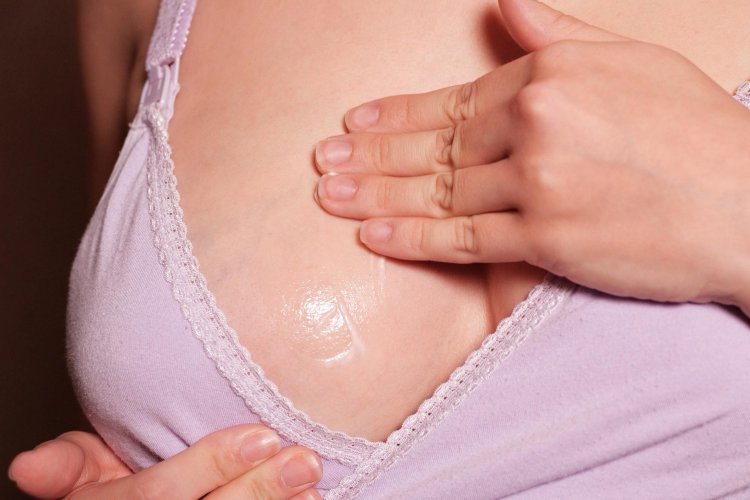Empowering Mothers: Strategies for Preventing and Treating Mastitis
What is Mastitis? Mastitis is a condition characterized by inflammation or infection of breast tissue, primarily affecting lactating women but also occurring in non-lactating individuals. It is a common issue encountered during the postpartum period and can significantly impact breastfeeding mothers.

Symptoms of Mastitis
The symptoms of mastitis often manifest as a combination of local and systemic signs.
- Local symptoms: Breast pain, tenderness, redness, swelling, and warmth to the touch.
- Systemic symptoms: Fever, chills, fatigue, body aches, and malaise. Some individuals may also notice a hard, tender lump in the breast.
Causes of Mastitis
Mastitis typically develops when milk ducts become blocked, leading to milk stasis and bacterial growth. Factors contributing to duct blockage include:
- Inadequate milk removal during breastfeeding
- Ineffective latching
- Pressure on the breasts from tight clothing or accessories
Bacteria, commonly from the skin or the baby's mouth, can then enter the breast tissue through small cracks or openings in the nipple, causing infection and inflammation.
Risk Factors for Mastitis
Several factors increase the risk of developing mastitis:
- History of mastitis or breast infections
- Improper breastfeeding techniques, such as infrequent or irregular nursing sessions
- Nipple trauma or damage
- Weakened immune system
- Stress
- Fatigue
- Smoking
Complications of Mastitis
Untreated mastitis can lead to complications such as:
- Breast abscess formation, requiring surgical drainage
- Chronic mastitis, characterized by recurrent episodes of inflammation
- In severe cases, the infection can spread to the bloodstream, resulting in sepsis, a life-threatening condition
Diagnosis of Mastitis
Healthcare providers diagnose mastitis based on clinical symptoms and physical examination findings. Additional tests, such as breast ultrasound or bacterial cultures of breast milk, may be ordered to confirm the diagnosis and identify the causative organism.
Treatment of Mastitis
The primary treatment for mastitis involves a course of antibiotics to target the bacterial infection. Supportive measures such as rest, hydration, and pain management are also important.
- Warm compresses or warm showers can help alleviate breast pain and promote milk flow.
- Continuing breastfeeding or expressing milk frequently is essential to prevent milk stasis and facilitate drainage of the affected breast.
Prevention of Mastitis
Preventive measures for mastitis include:
- Practicing proper breastfeeding techniques
- Ensuring correct latching and positioning of the baby
- Avoiding tight-fitting bras or clothing
- Maintaining good breast hygiene
- Promptly addressing any breastfeeding problems or concerns with a lactation consultant or healthcare provider
- Managing stress
- Getting adequate rest
- Maintaining a healthy lifestyle
Disclaimer
The information provided in this article is for educational purposes only and should not be considered medical advice. If you have any health concerns or are experiencing symptoms, it is important to consult with a healthcare professional, such as a doctor or clinic, for proper diagnosis and treatment. Always seek the advice of your doctor or other qualified health provider with any questions you may have regarding a medical condition. Do not disregard professional medical advice or delay in seeking it because of something you have read in this article.
Hashtags
#Mastitis #Breastfeeding #HealthTips #WomenHealth #MedicalAdvice
What's Your Reaction?





















